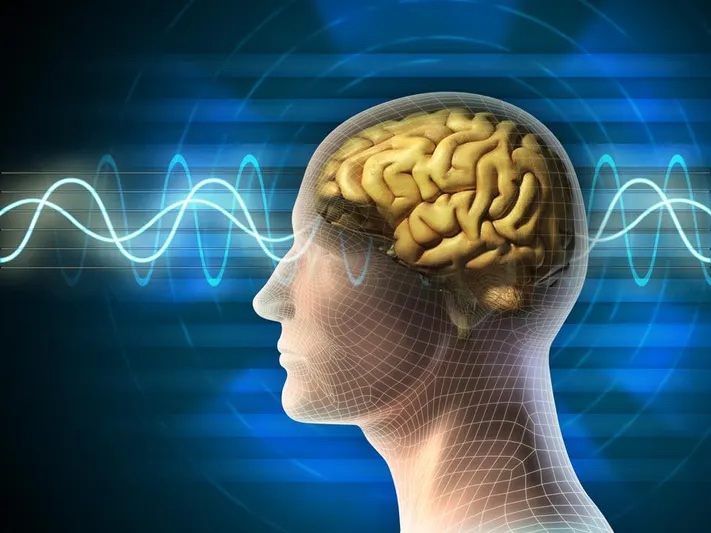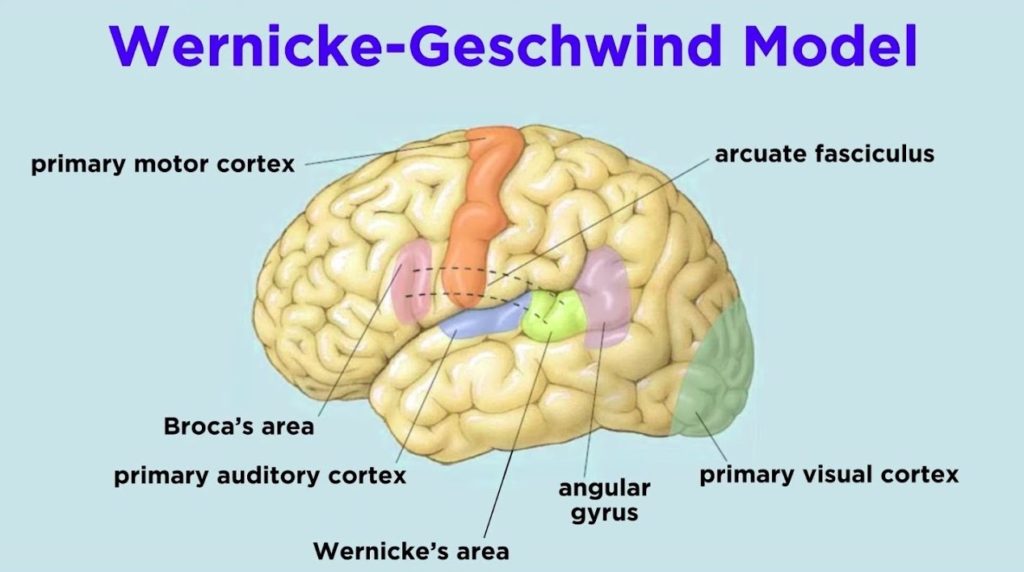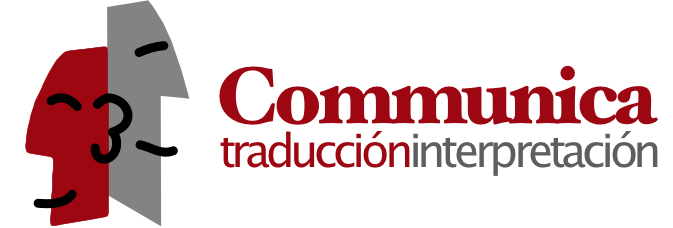What is going on inside the brain during simultaneous interpretation
Simultaneous interpretation is a remarkable skill that requires quick thinking, linguistic expertise, and cognitive agility. As interpreters listen to the speaker in one language and simultaneously render the message into another language, their brains undergo complex processes to ensure accurate and timely interpretation. In this article, we delve into the fascinating realm of the brain and explore what happens neurologically during simultaneous interpretation.

- Multitasking and Cognitive Load:
Simultaneous interpretation places a significant cognitive load on the brain. Interpreters must juggle multiple tasks simultaneously, such as listening, comprehending, analyzing, and producing speech. This requires the brain to allocate resources efficiently, dividing attention between the source language input and the target language output. Studies using functional magnetic resonance imaging (fMRI) have shown increased activity in areas responsible for attention, working memory, and executive functions during interpretation tasks. - Language Processing and Broca’s Area:
Language processing is a fundamental aspect of simultaneous interpretation. The brain’s language centers, including Broca’s area and Wernicke’s area, play crucial roles in comprehending and producing speech. Broca’s area, located in the frontal lobe, is associated with speech production and articulation. During interpretation, this area becomes highly active as interpreters formulate and deliver their interpretations in the target language. - Auditory Processing and Temporal Lobes:
Auditory processing is essential for interpreters to accurately perceive and comprehend the spoken message. The temporal lobes, located on the sides of the brain, are responsible for processing auditory information. As interpreters listen to the speaker in the source language, their temporal lobes analyze and decode the auditory signals, extracting linguistic meaning and relevant contextual cues. - Working Memory and Prefrontal Cortex:
Working memory plays a critical role in simultaneous interpretation. It involves temporarily storing and manipulating information in real-time. The prefrontal cortex, located in the frontal lobe, is responsible for working memory processes. During interpretation, interpreters rely on their working memory to hold the source language information while formulating the interpretation in the target language. This dynamic process requires the brain to efficiently manage and update information within the limited capacity of working memory. - Neural Plasticity and Expertise:
Simultaneous interpretation is a skill that improves with practice and experience. Studies have shown that experienced interpreters exhibit enhanced neural connectivity and structural changes in brain regions associated with language and cognitive control. This suggests that the brain undergoes neural plasticity to adapt and optimize its performance in response to the demands of simultaneous interpretation. - Stress and Emotional Regulation:
Interpretation can be a high-pressure and demanding task, leading to increased stress levels. Stress can affect cognitive processes and performance. However, experienced interpreters often develop strategies to regulate their emotions and manage stress effectively. This involves activating regions of the brain associated with emotional regulation, such as the amygdala and prefrontal cortex, to maintain focus and cognitive control during interpretation.

Simultaneous interpretation is a remarkable cognitive feat that engages various regions of the brain and requires highly developed language processing, attention, working memory, and emotional regulation. As interpreters listen, comprehend, analyze, and produce speech in real-time, their brains work tirelessly to bridge the language divide. Understanding the neurobiological processes underlying simultaneous interpretation not only sheds light on the complexity of this skill but also highlights the remarkable capabilities of the human brain.
